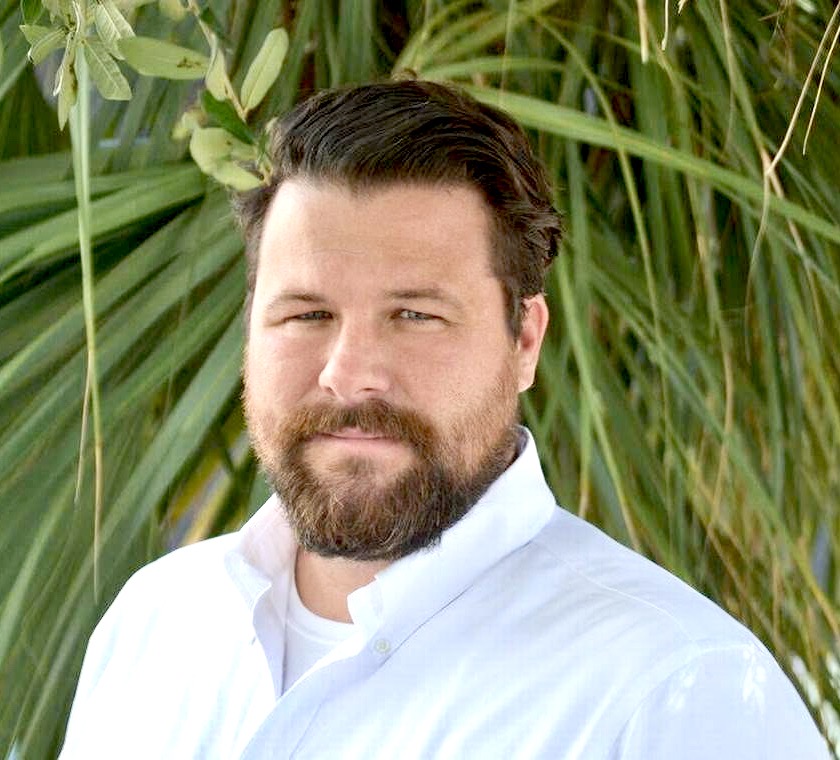By Jon Paul “J.P.” Brooker, Ocean Conservancy
What goes up, must come down, including balloons.
No matter how big the milestone or how joyous the occasion highlighted by a balloon release, balloons eventually float back down to earth, threatening our precious environment and animals both on land and at sea. And that is nothing to celebrate.

Fortunately, the Florida Legislature is considering a ban on the intentional release of balloons under the state’s litter law. The bills, SB 602 sponsored by Sen. Nick DiCeglie, R-Indian Rocks Beach, and HB 321 by Rep. Linda Chaney, R-St. Pete Beach, embrace a common-sense, straightforward approach to protecting our beautiful coastlines and wildlife throughout Florida.
Regardless of intentions, balloon releases are not harmless. They become entangled in mangroves and sea grasses. Animals also can become ensnared by balloon strings like they do with fishing lines and nets, making it difficult or impossible for them to move, seek food or protect themselves from predators.
Balloons are the top cause of death from marine-related debris for seabirds, and they can be mistaken by other animals for food. For example, sea turtles will eat balloons thinking they’re jellyfish and manatees eat seagrasses that hides discarded balloons. Once consumed, balloons cannot be digested, which leads to digestive blockages or can choke these animals to death. Even one manatee or turtle that dies because it ingests a balloon is one too many.
Animals at sea or along the coastline aren’t the only ones at risk from balloon releases: Balloons also can wind up in Florida pastures far from where they were released, where cows can die from eating them.
It’s well documented that balloons are winding up where they should not be and posing a danger to animals and the environment. For nearly four decades, Ocean Conservancy has organized and led the annual International Coastal Cleanup. On a single day, nearly 470,000 volunteers across 97 countries picked up more than 4,000 tons of trash and plastics. In Florida alone, more than 25,000 volunteers picked up more than 68 tons of trash and plastics from our waters and coastlines – including a significant number of balloons.

To its credit, Florida already limits balloon releases. State law bans the release of more than nine balloons by anyone within a 24-hour period. But even one balloon release can be deadly. The new legislation would prohibit the intentional release of any balloons and remove an exemption for biodegradable or photodegradable balloons. Any intentional release of balloons would be a violation of the state litter law and a noncriminal infraction.
The goal here is not to disrupt birthday parties or other celebrations and cite people for breaking the law. The goal is to educate the public about the dangers of balloon releases and encourage them to change their behavior. There are plenty of other ways to celebrate happy occasions besides releasing balloons and putting our environment and our animals at risk.
Florida already has limits on balloon releases, and the Legislature should take this next positive step and ban them.
Jon Paul “J.P.” Brooker is the Ocean Conservancy’s director of Florida conservation. He lives in St. Petersburg. This opinion piece was originally published by the Tallahassee Democrat, which is a media partner of The Invading Sea.
Sign up for The Invading Sea newsletter by visiting here. If you are interested in submitting an opinion piece to The Invading Sea, email Editor Nathan Crabbe at nc*****@*au.edu.



